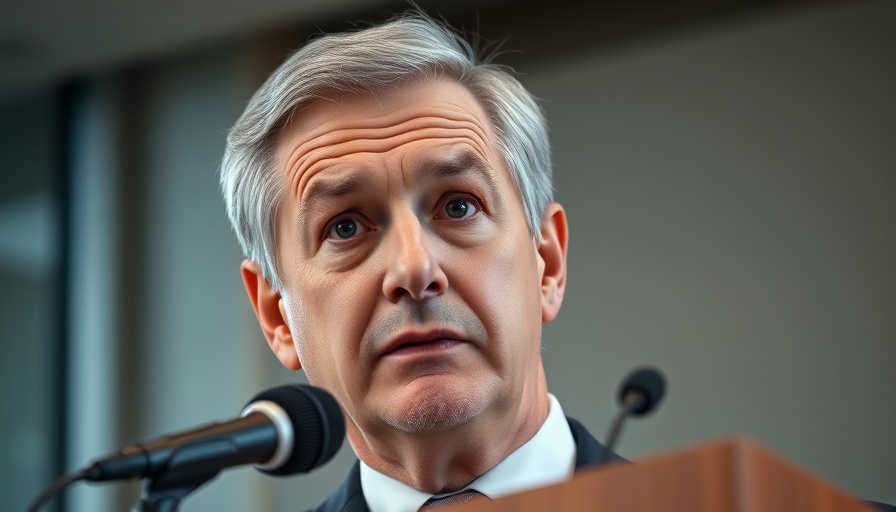
The Debate on Genetic Influences in Sexual Orientation
The question of whether sexual orientation, particularly homosexuality, is determined genetically has been a topic of extensive study and discussion. Advocates for the belief that we are 'born this way' often cite research involving twins as compelling evidence for genetic predisposition. However, recent findings suggest a more nuanced reality.
In 'Genetic Gayness Research,' key insights about the role of genetics in sexual orientation prompt a deeper analysis of the topic.
Identical Twins: A Case for Genetic Testing?
Identical twins, who share 100% of their genetic material, are often at the forefront of these discussions. If one twin identifies as homosexual, it stands to reason that the other might too. However, a significant study conducted by Michael Bailey at Northwestern University, which analyzed data from a registry of 25,000 identical twins, found that this was only true one in nine times. Such findings challenge the common narrative that genetics alone could predict sexual orientation and suggest that environmental factors may play a critical role.
Understanding the Complexity of Homosexuality
Although Bailey acknowledged that his study does not completely eliminate the possibility of genetic influences on homosexuality, he concluded that it does not provide sufficient evidence to deem it a predominately genetic trait. In fact, the variability in the outcomes of twin studies sheds light on the complex interplay between genetics and environment. Most twins grow up in the same households, experience similar social environments, and are subjected to parallel influences, which complicates conclusion drawn from such studies.
Beyond Genetics: The Role of Environment
Considering that genetics alone may not account for sexual orientation, it’s essential to evaluate the role of environmental influences. The commonalities found in the kinds of environments twins share, for instance, could play integral roles in shaping their identities and attractions. Community experiences, familial attitudes, and cultural norms potentially contribute significantly to an individual's development of sexual identity. Thus, if genetic influence is weak, the conversation shifts to other formative factors.
Is Sexual Orientation Changeable?
This consideration poses a separate yet crucial inquiry: can sexual orientation be altered? While various therapies aimed at changing sexual orientation have been pursued, ethical concerns and limited effectiveness have stopped many of these practices. The consensus among major health organizations suggests that sexual orientation is not something that can be changed at will, reinforcing the understanding that sexual orientation may not solely be a personal choice or genetic determination.
Aligning Faith and Understanding
For individuals looking to understand homosexuality through a biblical lens, it is pertinent to approach the subject with compassion and a desire for understanding. The ongoing research highlights the intricacies of human sexuality—an aspect that many religious interpretations often take simplistically. Engaging with contemporary research can foster a more profound understanding of others' experiences, leading to a more empathetic discourse on faith and sexuality.
Conclusion: Implications for Church Discussions
As conversations about sexuality evolve, it's crucial for the church community to engage thoughtfully with the scientific perspectives surrounding this topic. The findings from studies, including those presented by Bailey, do not undermine the value of individuals who identify as LGBTQ+ but instead paint a picture of a multifaceted human experience shaped by both genetics and environment. Embracing this complexity can help foster more meaningful connections within our communities and guide a more informed dialogue about faith, acceptance, and love.
 Add Row
Add Row  Add
Add 








 Add Row
Add Row  Add
Add 

Write A Comment